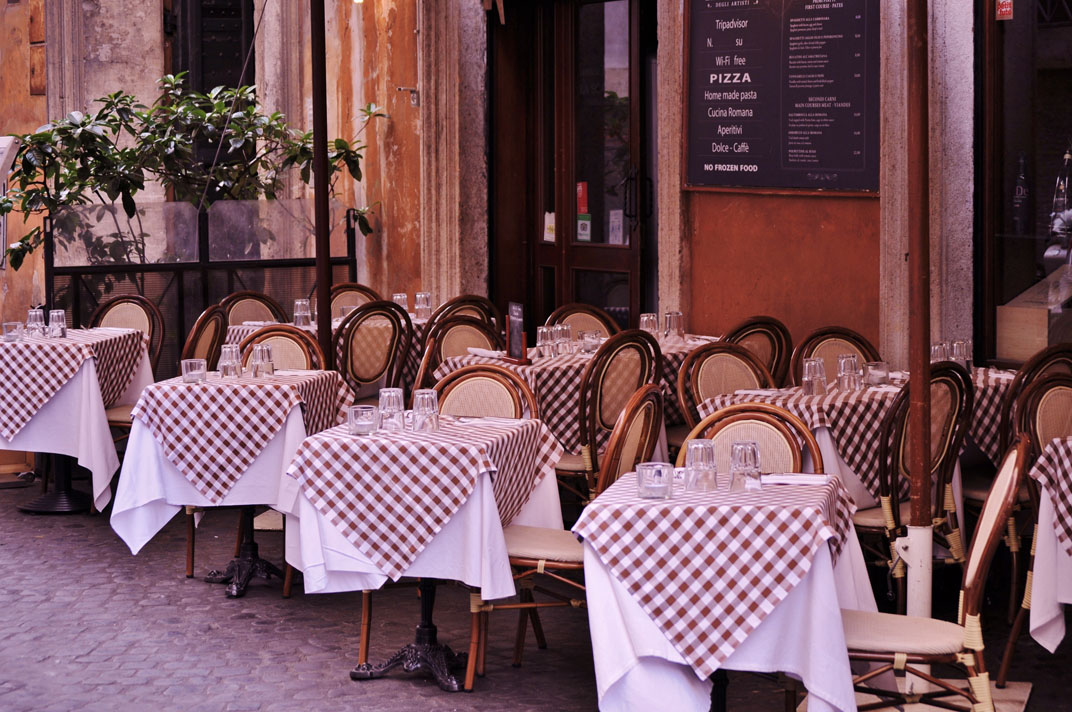
Setting the table: choosing the right textile in a tablecloth
Summer, the season of lazy Saturdays at the beach, grilling BBQ, and picnics in the park. Whether you break out a traditional red-and-white check or something a little more bold, a trusty tablecloth is a part of many seasonal adventures. For businesses and restaurants however, the choice of tablecloth goes beyond style. It can often be a decision weighing appearance, functionality, costs, and convenience. Environmentally conscious companies may also wonder about how sustainable their table linen choice may be in the long run.
Luckily for us, The Danish Laundry Association conducted a life cycle assessment for three types of textile tablecloths and one paper alternative. Using the example of a restaurants that uses 100 tablecloths per day over one year, the tablecloths (100% white cotton, colored cotton/polyester, 100% colored polyester, and colored paper) were put through rigorous testing to mimic the abuse they would take during their life cycles – from “cradle to grave” so to speak.
The key benefit illustrated by the study is that textile alternatives have a far lower consumption of energy as compared to the paper alternative, even with transportation and laundering included. From use of raw materials to volume of waste produced, textile tablecloths are the more ethical choice for businesses concerned with their environmental impact.
100% cotton tablecloths have the highest consumption of water due to irrigation for the raw fiber materials as well as during the laundering process. Since polyester is produced in a ‘dry’ chemical process, water consumption is reduced. For companies based in areas with drier climates or affected by acute drought, water consumption may carry more weight in choosing a textile type.
For durability, 100% polyester tablecloths survive in very good condition for an estimated 82 cycles from table to washer and back. Cotton and cotton/poly hybrids by contrast have an estimated lifetime of 53-55 cycles before they need to be retired. Polyester and poly-blend hold color considerably better than their full cotton counterparts, but they can not be rigorously bleached to remove soil and stains to restore a pristine look.
No matter what you end up choosing based on your needs, using linen/cloth over paper is the clear winner in all aspects. Whether you’re hosting a backyard BBQ, or wedding reception, SITEX is able to provide the best solution for all your linen needs.